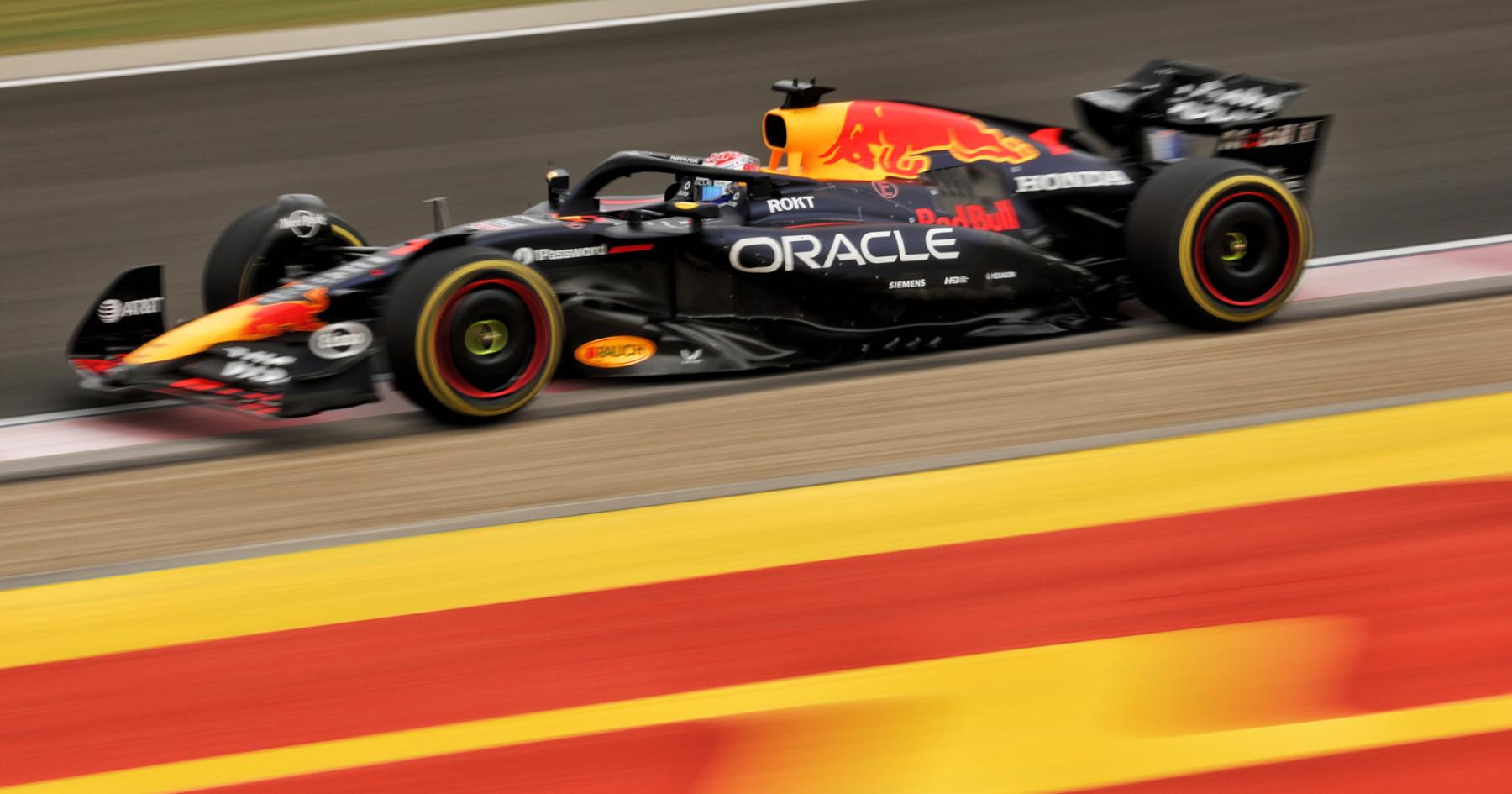Yesterday at 10:10
When the first signs of a team losing performance are noticed, it
is normally approached with great caution. There is almost a fear
or disbelief, especially when a team has been at the top for
multiple seasons, handily beating the competition. It is the
situation that has unfolded at Red Bull, when the first signs of
decline became apparent as early as mid-2024 when McLaren gained
the upper hand in terms of design and performance. Entering the
summer break, Red Bull finds itself fourth in the constructors'
championship. The team has lost ground not only to McLaren, but
also to Ferrari and Mercedes. Throughout the season thus far, the
Milton Keynes-based team has put great effort into developing the
RB21. The focus has mainly been on the floor, Venturi ducts and
the beginning of the diffuser, before moving on to the wings. The
front wing played a starring role in Red Bull's development story
this year, as multiple versions have been seen in the past four
races with no substantial improvement in the lack of balance. The
car has had a lot of understeer, something four-time champion Max
Verstappen has complained about on several occasions. However, that
problem has never been remedied on an aerodynamic level. Tuning Red
Bull often deploys a setup with little downforce from the rear
wing. However, this is done not to improve aerodynamic efficiency,
but to reduce the lack of balance. Low pressure on the rear wing
in this case prevents the pressure from the body and wings from
dominating at the rear. Indeed, this worsens the RB21's dynamic
behaviour. The current aerodynamic tuning is therefore a failed
attempt to correct a problem with the car. Red Bull's engineers
and their competitors have a few basic elements at their disposal
to obtain performance and consistent dynamic behaviour. That
starts with the dynamic platform, represented by the front and rear
suspension and its interaction with the aerodynamic platform (the
geometry, springs, dampers, anti-roll bars, etc.). The RB21's
shortcomings are more dynamic than of an aerodynamic nature. If
the aerodynamics do not deliver top performance in terms of load
and distribution, in this case, it is due to the RB21's inaccurate
dynamics. The design from the extremely dominant 2023 car, when
Verstappen won 19 races in a single season, proved extremely
effective - but it has since been a critical issue. The geometry
has led to excessive front axle stiffness. This is functional for
the precision of the car, especially when Verstappen is driving it
and can accommodate the "light" rear. But it is no longer
compatible with the current aerodynamic loads of a car. The
aerodynamic evolution of the floor has changed the aerodynamic
balance of the cars in the last two seasons. The aerodynamic
characteristics of the RB21 can no longer compensate for or cover
up the shortcomings of the chassis. For this reason, no
aerodynamic update has substantially improved the car's
performance, and it seems likely that further upgrades in the
second half of the season would produce the same results.



